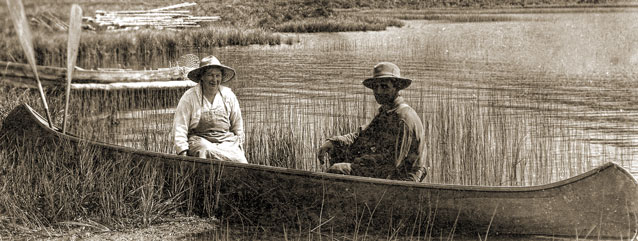
John Anderson Collection, courtesy of Jay Hathaway.
In the mining days of the Kantishna area of Denali National Park and Preserve, the people who sought their fortune embodied the adventurous spirit of the early Euro-Americans who came to Alaska.
These people made their mark on the history of the area through their strength and perseverance in pursuit of the riches of the land, and through their adaptability to the realities of living in the remote Kantishna area. Paula Anderson was one such person.
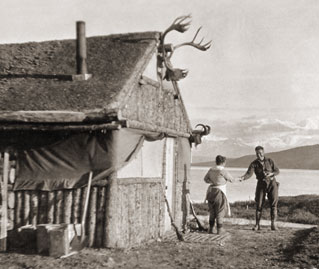
John Anderson Collection, courtesy of Jay Hathaway.
Paula “Polly” Liebau emigrated to the U.S. from Germany as a young woman, following the allure of gold to Alaska. Along with her prospecting partner and husband, John Anderson, Paula crossed the Alaska Range by dog team, arriving to mine in the Kantishna District in 1918.
The Andersons each filed prospecting claims and met some success in their mining endeavors. In addition to mining as a livelihood, the Andersons settled at the north end of Wonder Lake and undertook a variety of frontier enterprises.
At "Polly's"
Miners and travelers found refuge at Paula’s “Polly’s” Roadhouse in their trips to Kantishna. There, visitors found a meal of local food, Paula’s s care-giving, and “a place to rest in the boonies.”
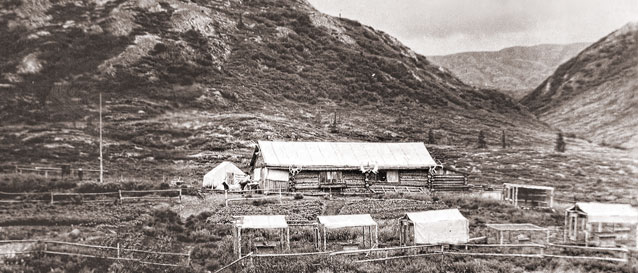
William Niemi Collection; Anchorage Museum, Gift of Celia Handley, B00.7.39., B00.7.39.
Paula cared for early park ranger Grant Pearson, who spent a few days recuperating at her roadhouse after pulling his own infected tooth with a pair of her pliers.
Visitors also encountered the Anderson’s unique interior decorating. From chairs to bookshelves, their home was outfitted with abundant furnishings crafted from caribou antlers. This was notable to visitors, whose reviews ranged from that of fascination to complaint that the antlers made for pointy respite.
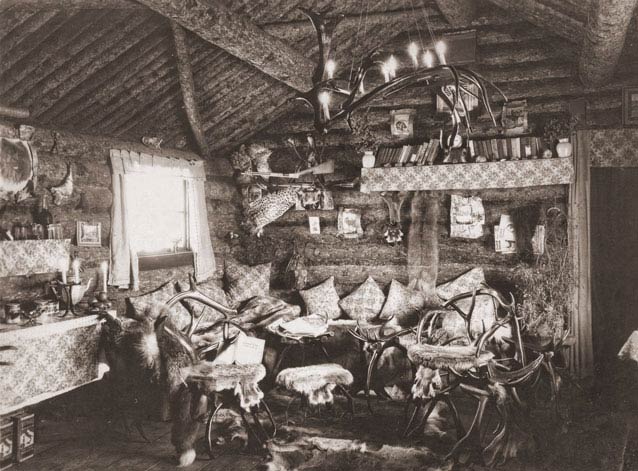
John Anderson Collection, courtesy of Jay Hathaway.
Entrepreneur
Paula wore many hats. In addition to ongoing mining endeavors, she and John trapped local fauna, raised foxes to produce furs for sale, and raised sled dogs to sell. The Anderson’s produced or gathered nearly everything that they needed for survival. Paula operated her roadhouse as yet another source of revenue. She fed visitors trout from Wonder Lake, berries from the surrounding tundra, and vegetables from her garden.
Homesteading
As mining wound down in Kantishna, the Andersons found themselves with decreasing business.
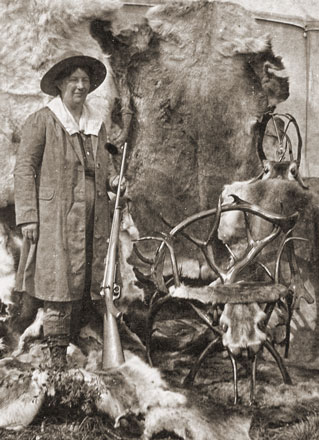
John Anderson Collection, courtesy of Jay Hathaway.
Despite filing for the official homestead rights to her property in 1926, the Andersons moved to California in 1929. In 1930, Paula received official patent to her 160 acres. By 1932, the expanded national park boundary encompassed her land, leading to an eventual change in ownership. Today, only the landscape at the north end of Wonder Lake remains as a reminder of Paula’s fox farm and roadhouse.
Sources
- Lena Howard Oral History, DENA #506, August 4, 1972, Denali National Park and Preserve Museum Collection.
- Mercer, Baxter, personal interview, Healy, Alaska, March 17, 2014.
Additional Information
Last updated: August 19, 2020
